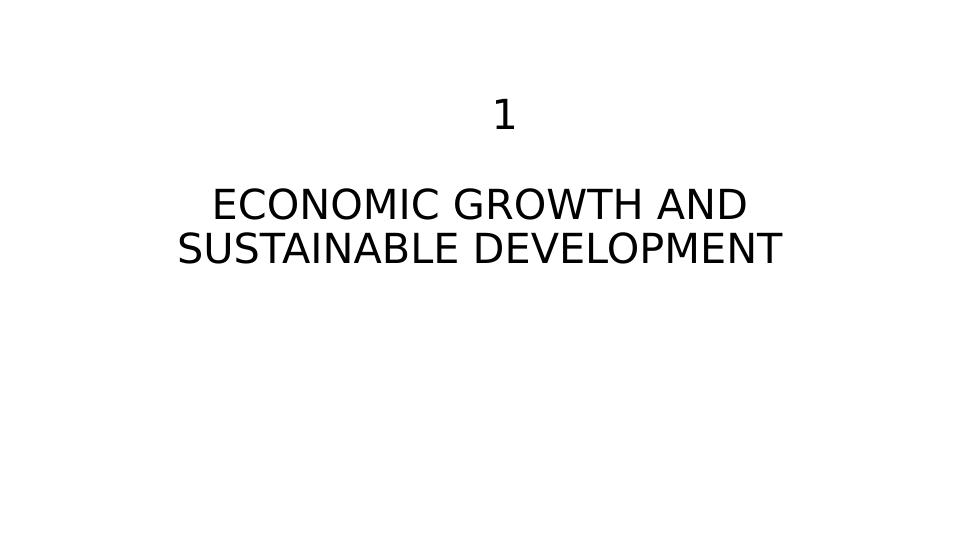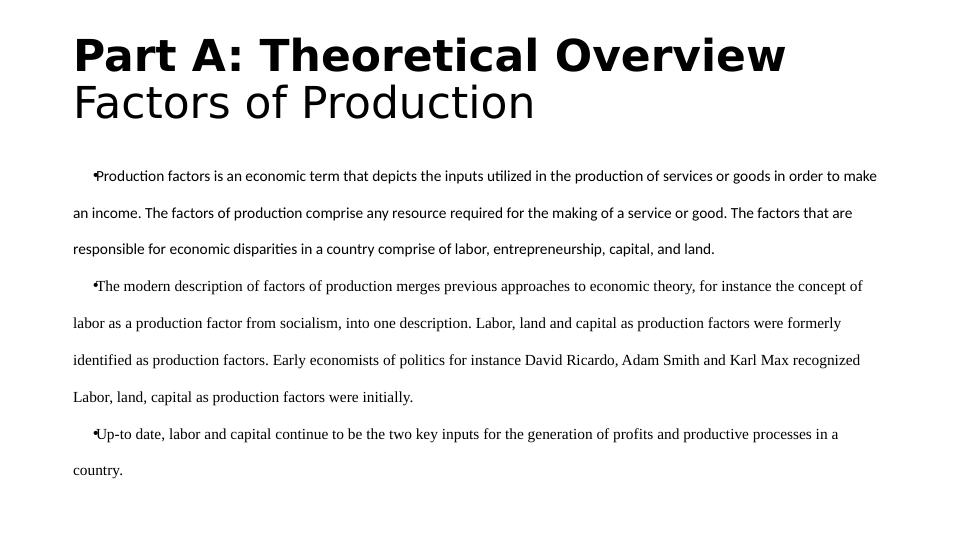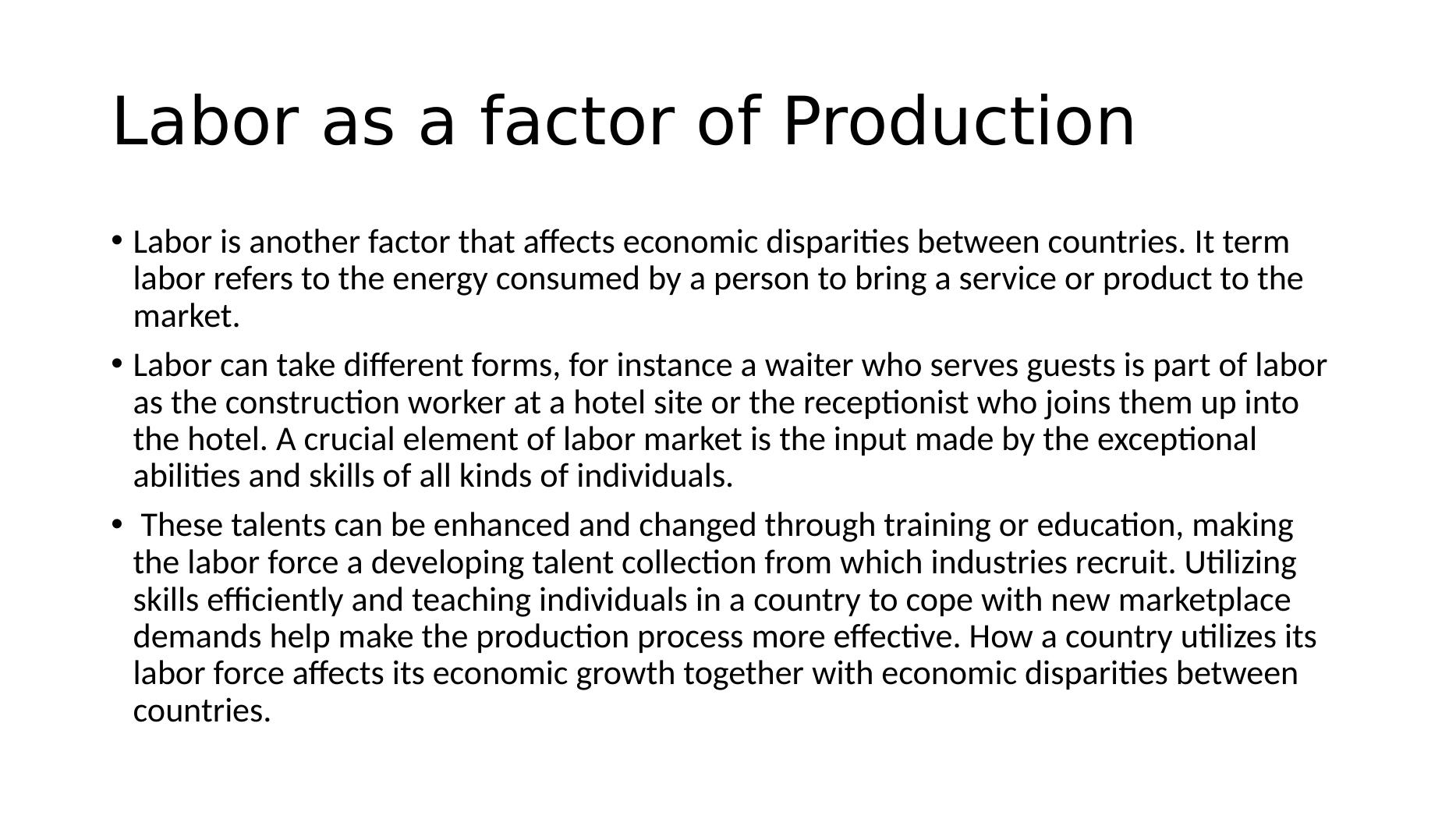Economic Growth and Sustainable Development
Added on 2023-03-20
13 Pages2236 Words93 Views
End of preview
Want to access all the pages? Upload your documents or become a member.
Economic Growth and Sustainable Development
|23
|5744
|94
Importance of Creativity and Innovation in Human Capital Development
|9
|2227
|411
DD202A Faculty of Business Studies
|7
|1802
|65
Importance of Costs in Economics
|5
|1544
|88
Political Science Research Paper 2022
|6
|1401
|15
Internal And External Stakeholder
|18
|4029
|13




